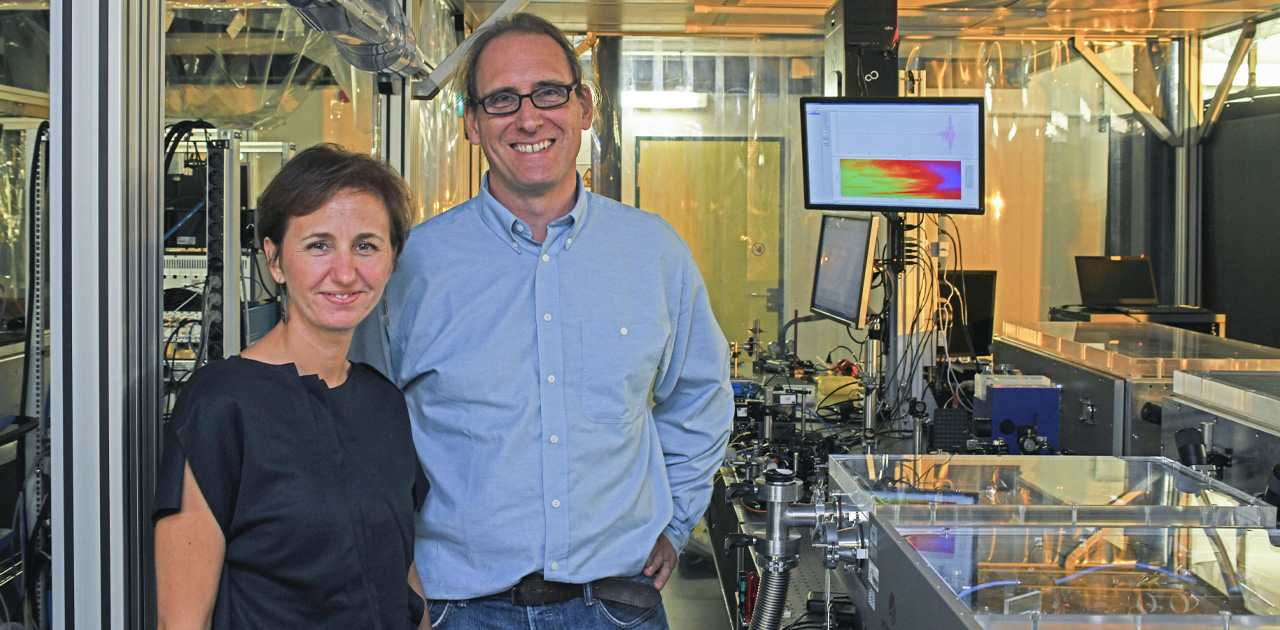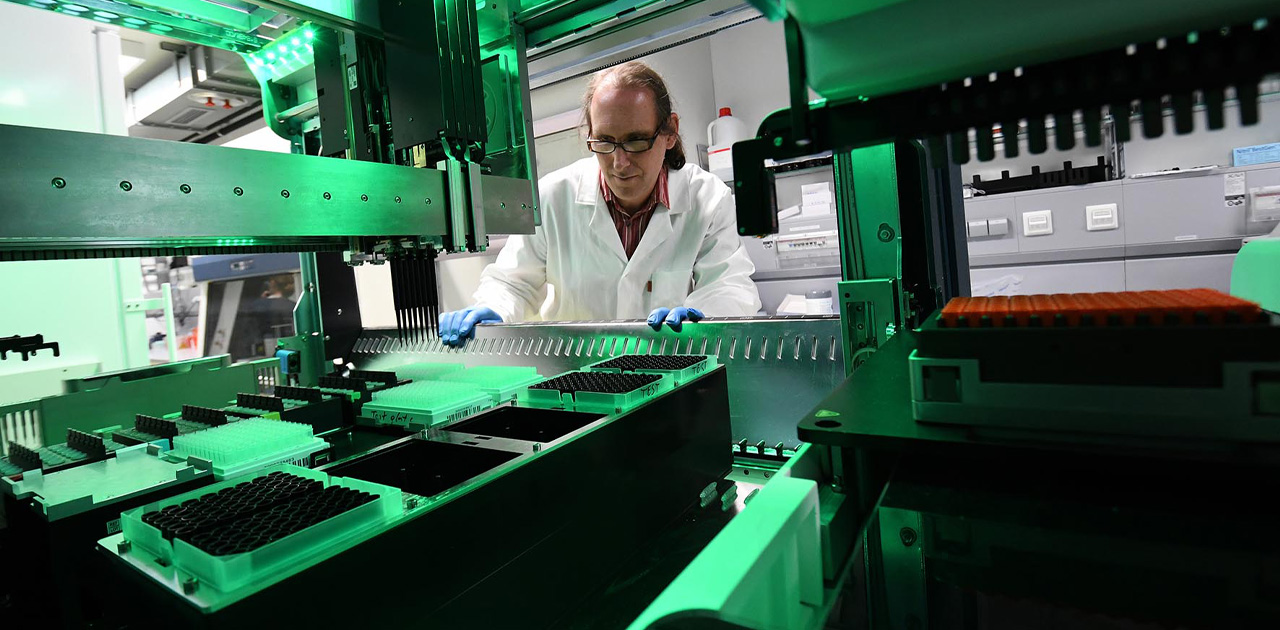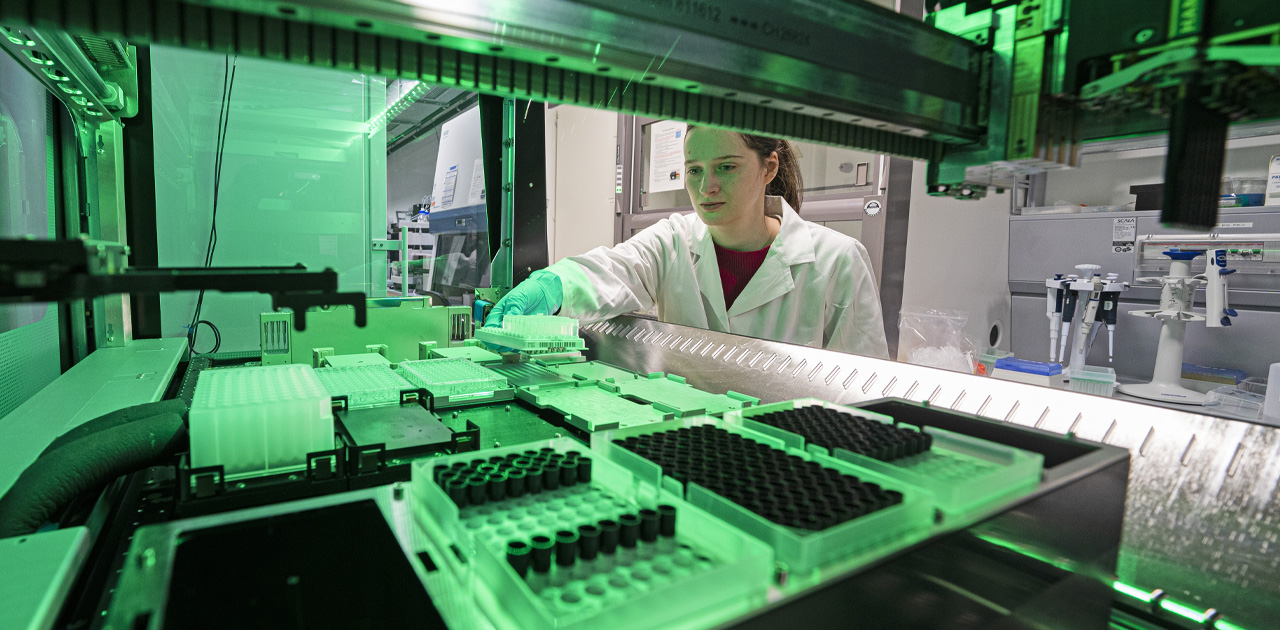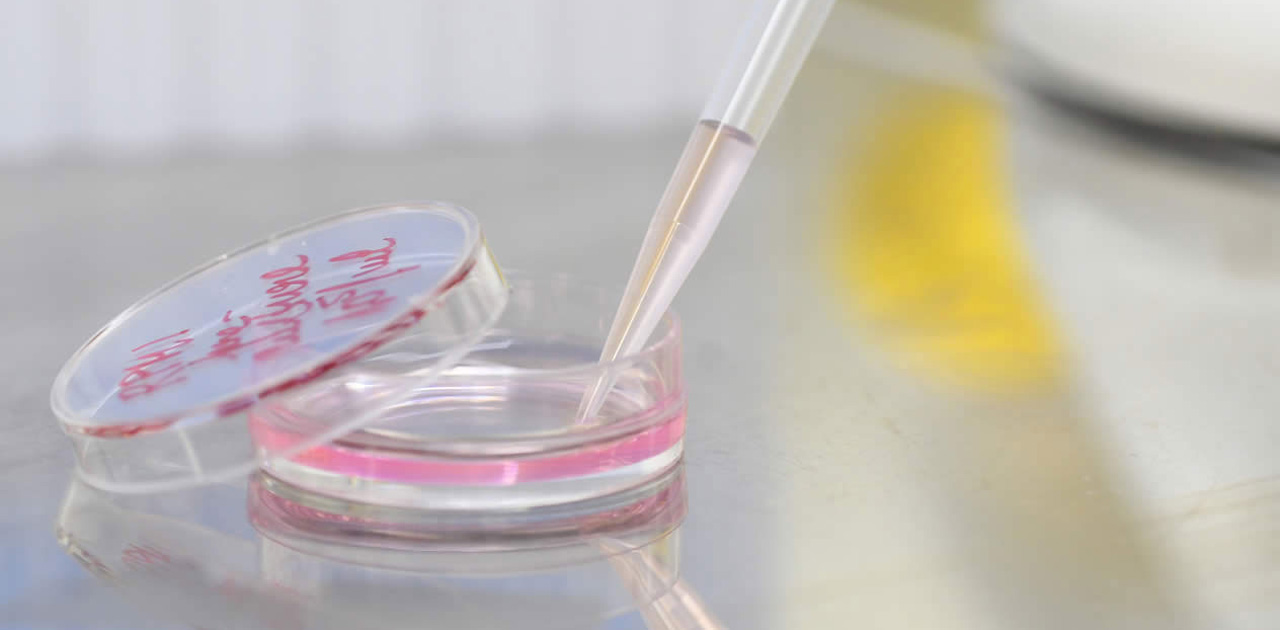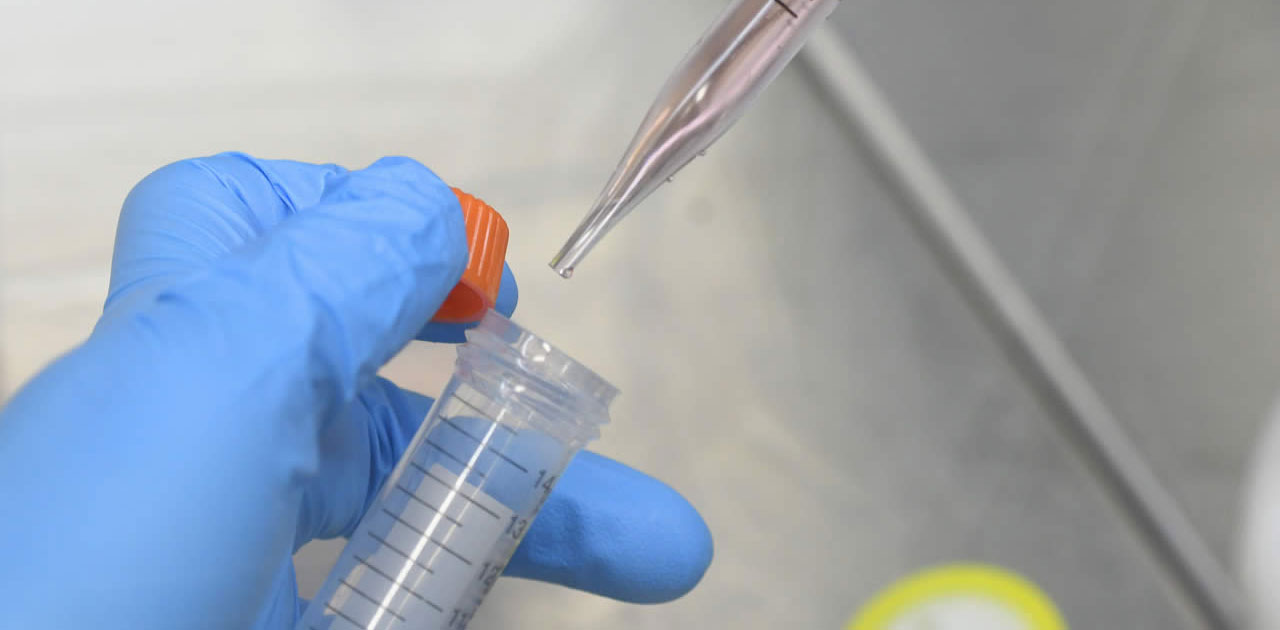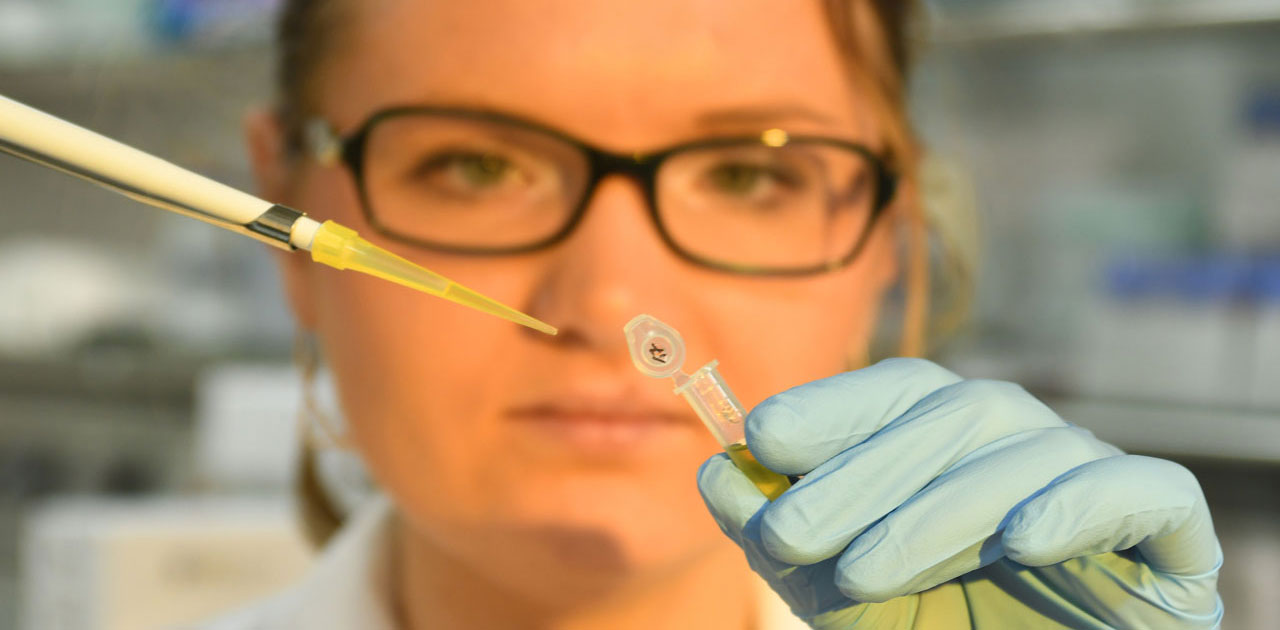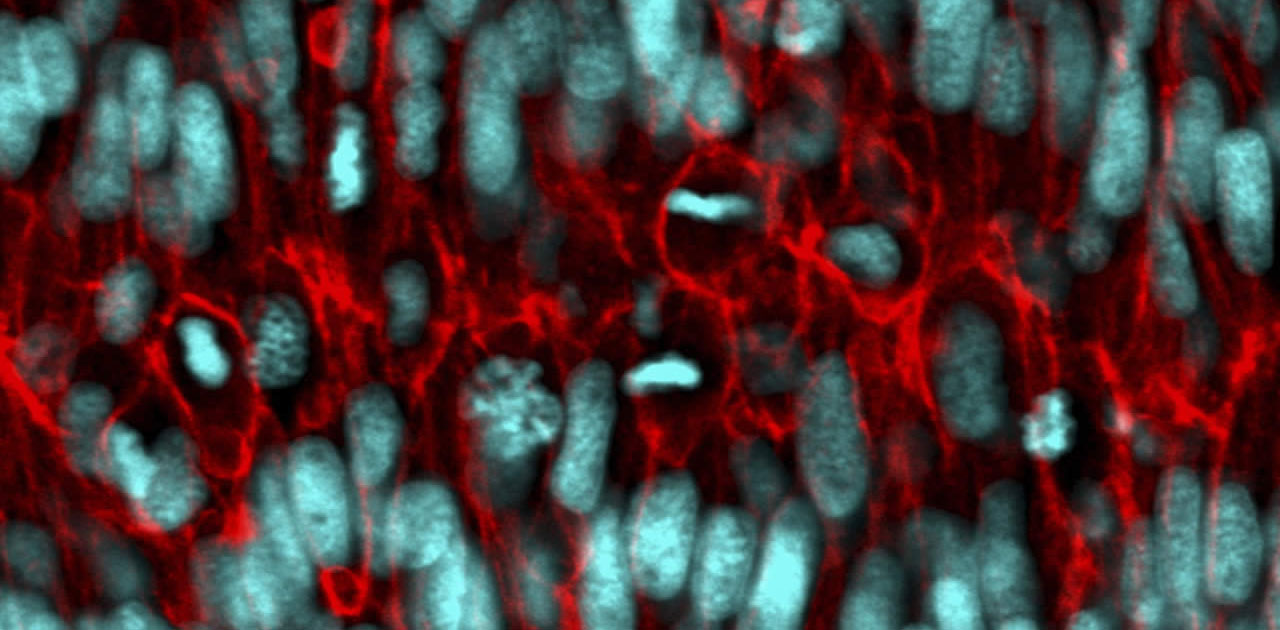Molecular biology lab.
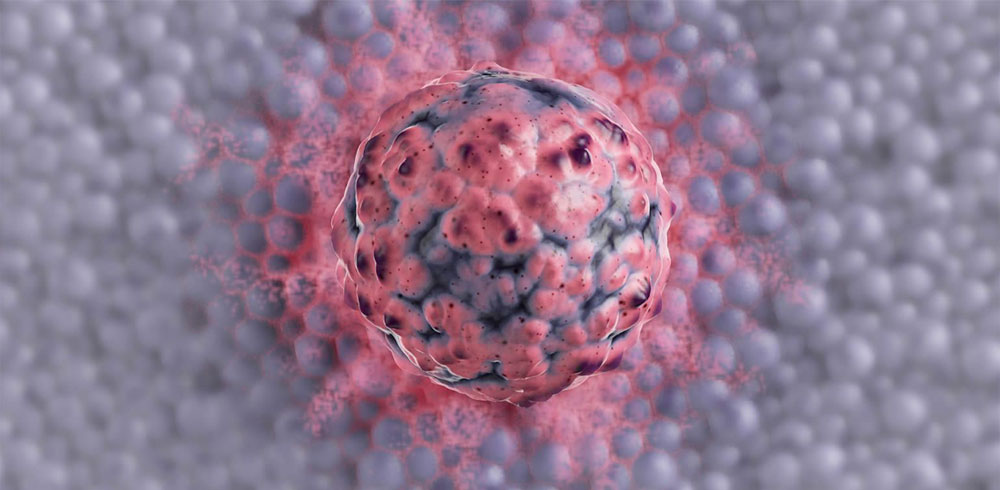
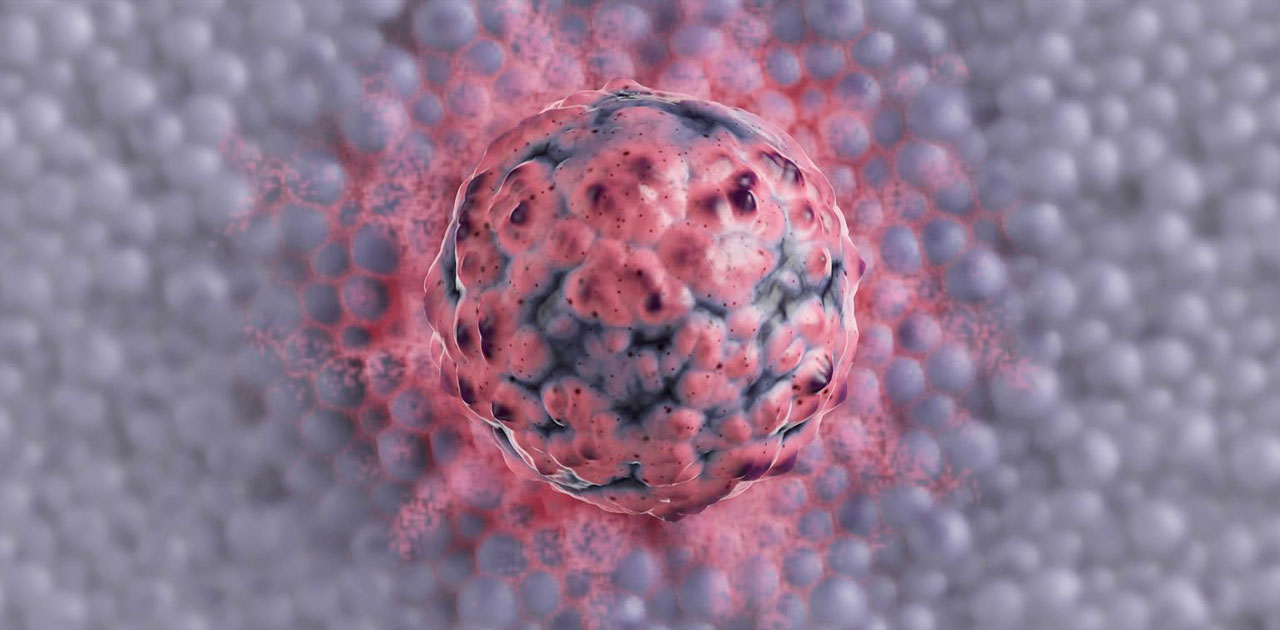
Broadband InfraRed Diagnostics (BIRD) // Research group lead by Dr. Mihaela Žigman
The levels, chemical modifications, and relative abundance of organic molecules circulating in systemic bioliquids serve as direct indicators of human physiological health. Leveraging broadband optics, ultrafast sources, and precision femtosecond-attosecond field-resolving metrologies of attoworld, we are advancing infrared electric-field molecular fingerprinting as a new analytical technique for medical diagnostics. The technique has the capacity to profile across a wide range of biomolecules, even within highly complex biological matrices.
In strategic partnership with the Center for Molecular Fingerprinting (CMF), our goal is to further advance infrared molecular fingerprinting to a technological platform suited for high-throughput populational health screening, enabling the earliest detection of health-to-disease transitions, as outlined in our Just Cause.
exploring human health and disease profiling with infrared molecular fingerprinting
Molecular profiling of the makeup of chemically complex biological media in a minimally invasive, cost-effective, and high-throughput manner is a long-standing challenge. Infrared (IR) spectroscopy is a powerful technique for probing the molecular profiles of complex biofluids, enabling label-free profiling of a given sample by detecting molecular fragments (i.e., functional groups) and measuring their resonant vibrational response to IR excitation.
Applying IR spectroscopy to systemic human biofluids has opened new avenues for high-throughput molecular in vitro diagnostics. Profiling cell-free part of human blood (e.g., plasma, serum) — which signifficantly mirrors the physiological functions of many tissues and organs — provides a powerful gateway to assess both health and disease in a molecule- and disease-agnostic manner.
The versatility of infrared molecular fingerprinting technological platform, when combined with machine learning, facilitates comprehensive profiling of human health states, early detection of deviations, and a deeper understanding of various physiological conditions, individual or combined.
our approach
We leverage broadband infrared spectroscopic vibrational fingerprinting, where we apply broadband infrared light - whether through laser-driven few-cycle or continuous infrared excitation - to profile molecular signals specific to chemical bonds across different molecular types (e.g., proteins, metabolites, lipids) and their post-translational modifications (e.g., glycosylation).
The development and evaluation of infrared spectroscopy for clinical in vitro diagnostics are developed and tested within the framework of case-control cross-sectional, follow-up longitudinal, or large-scale populational clinical studies that we have established and are continuously extending.
Since physiological phenotypes are encoded within infrared molecular fingerprints as distinct spectral patterns, we analyze spectroscopic data with machine learning. This approach allows for effective parametrization and characterization of a wide range of health states, phenotypes, and their combinations.
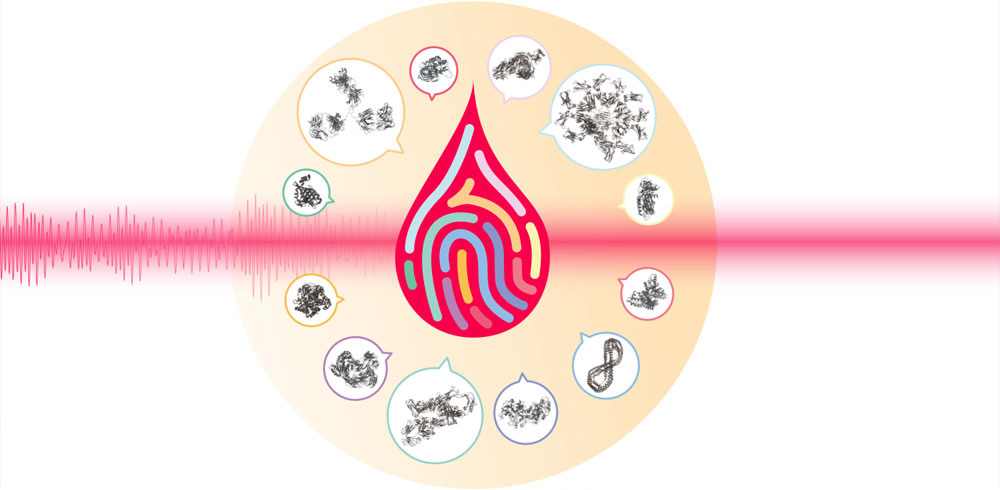

our concepts and results
Over the last decade we have been establishing infrared spectroscopy as a physico-chemical technique for analytical profiling of human biofluids to be able to better characterize human health:
- We established an approach for infrared molecular fingerprinting of venous blood plasma and serum to detect four common cancers within the framework of our large-scale Lasers4Life clinical study [M. Huber et al., eLife 10, 68758 (2021)], which is currently being expanded. Infrared molecular fingerprint patterns were shown to not only detect these cancers specifically but also differentiate between them;
- Our discovery that infrared molecular fingerprints remain stable in individuals over clinically-relevant timescales [M. Huber et al., Nature Communications 12, 1511 (2021)] laid the foundation for the nationwide clinical research program Health4Hungary, aim to evaluate infrared molecular fingerprinting as a modality for monitoring human health over time.
- Beyond disease detection, we combined infrared molecular fingerprinting with mass spec proteomics, and linked infrared spectra to quantitative changes in twelve individual proteins, a study that has enhanced our understanding and interpretation of infrared spectra at molecular level L. Voronina et al., Angewandte Chemie 60, 17060 (2021)]
- The characterization of infrared spectral data, integrated with clinical and molecular phenotypes, is further extended with machine learning (ML) for predictive modeling. To support future fingerprinting studies and concepts, we developed a framework for evaluating fingerprinting capacities in respect to biological variability, experimental noise and measurement variability T. Eissa et al. (Analytical Chemistry 95, 6523 (2023))
- Combining single-step ion exchange chromatography with infrared spectroscopy, we developed a workflow that enables the separation and analysis of major protein classes in blood plasma. We revealed that infrared spectroscopy can identify different patterns and global levels of glycosylation of intact plasma proteins, further extending the technique's capabilities and opening new applications L. Voronina et al., Analytical Chemistry 96, 7, 2830 (2024)]
- Apart from cancer detection, we identified the value of IR fingerprinting when combined with machine learning as a multi-phenotyping modality for population-wide health diagnostics and the detection of non-communicable diseases (NCDs). Analyzing over 5.000 blood plasma samples, we trained machine learning models to detect chronic health conditions and multimorbidities, predict the development of metabolic syndrome, and quantify the concentrations of classical clinical chemistry analytes [T. Eissa et al., Cell Reports Medicine 5, 101625 (2024)]. Beyond newly demonstrated medical interpretability of infrared fingerprinting, if further developed and independently validated, the approach has the potential to provide actionable information to support and empower reliable clinical decisions.
- While powerful, infrared spectroscopy suffers from the overlap of absorption information across different spectral domains which in turn hinders the capacity to identify individual molecular substances. We advocate for a viewpoint shift towards a more careful understanding of complex spectra, which shall lead to either accepting their fingerprinting nature and leveraging multivariate analysis, or machine learning analysis – or involving additional measurement modalities for robust molecular interpretations [T. Eissa et al., Cell Reports Medicine 5, 101625 (2024)]
- In parallel to medical applications, ultrashort laser-based infrared molecular fingerprinting using field-resolved spectroscopy (FRS) with electro-optic sampling is being actively developed and tested [I. Pupeza et al., Nature 577, 52 (2020)]. This technique holds promise for medical profiling of human biofluids, currently being tested and evaluated for cancer detection.
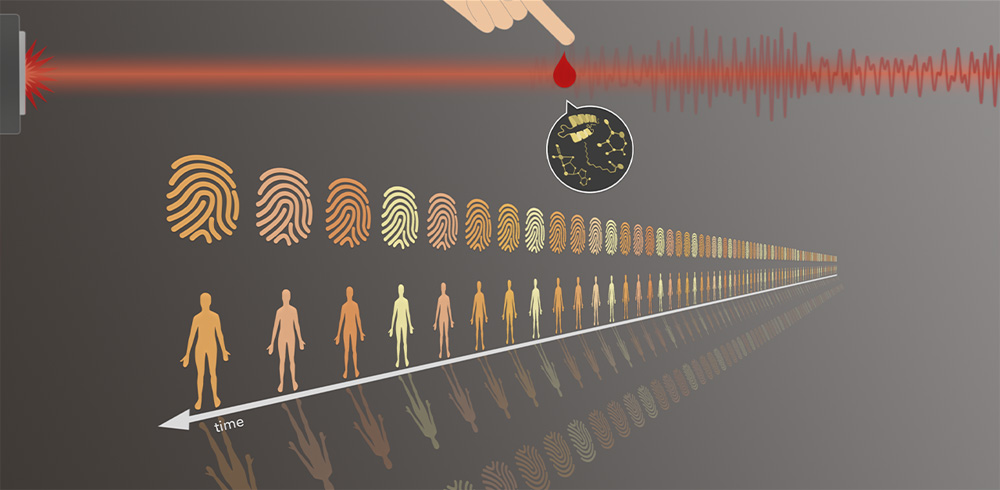

our standpoint
At the crossroads. By integrating the latest advances from ultrafast sources, and precision attosecond, femtosecond field-resolving metrologies with principles from analytical chemistry, molecular biology, molecular medicine, epidemiology and machine learning, we aim for a direct practical impact on health screening, monitoring and disease diagnostics.
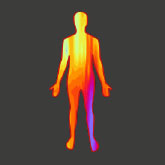
see graphical abstract

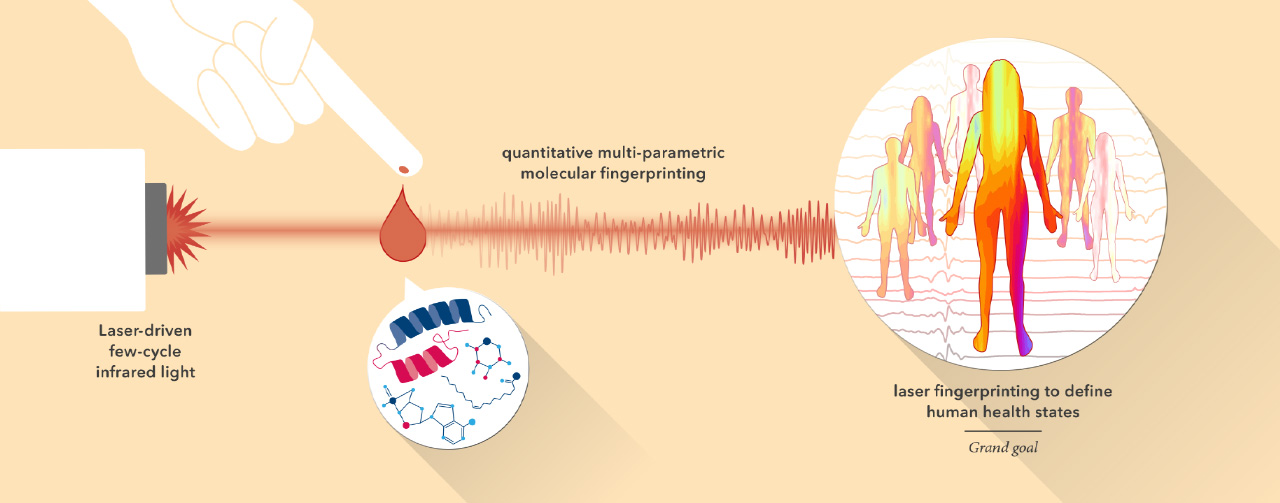
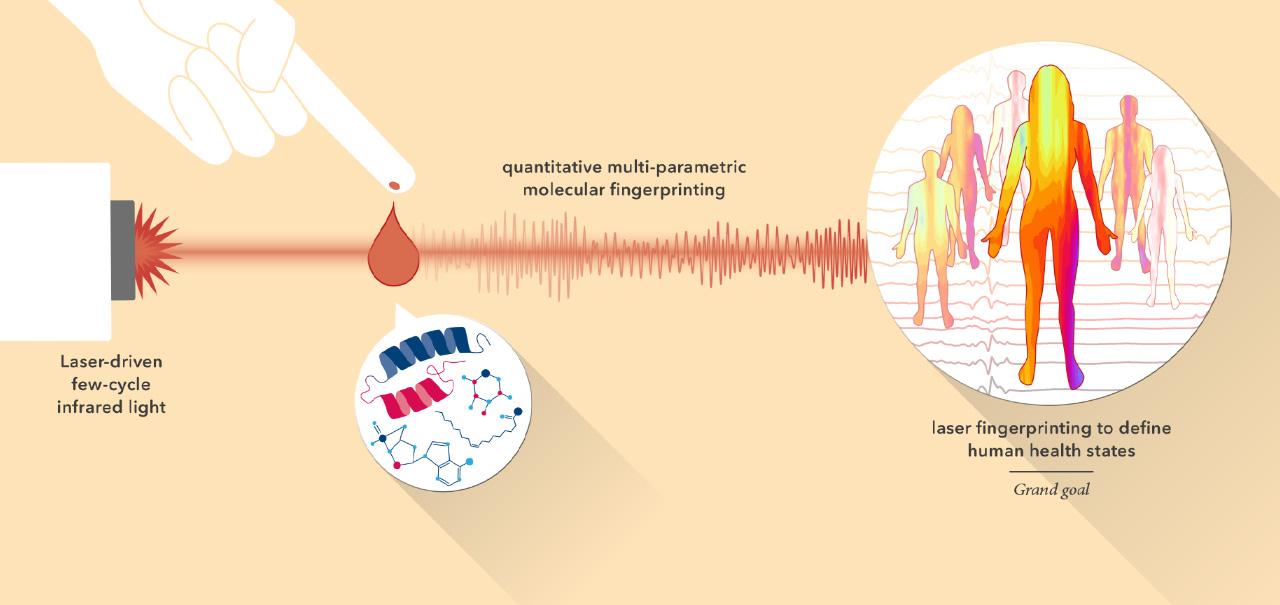
interested in joining in?
We are always on the look for bright minds that wish to share their passion with us.
If you are a student or a laser scientist, a specialist in molecular sciences, a physician, a nurse, an engineer, or a data analyst – if you share the motivation to devise new approaches for quantifying the molecules of life to improve human health – do get in touch with us!
Contact:
Dr. Mihaela Žigman
Email: mihaela.zigman@mpq.mpg.de




